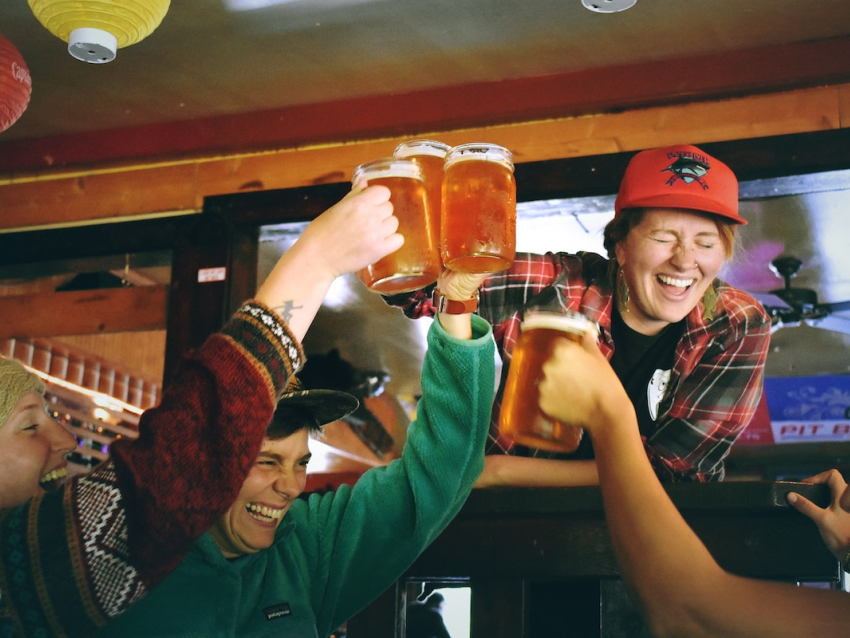
New Study Looks at Effects of Binge Drinking
The UK College of Pharmacy Research Publication Highlight for November of 2017 was published in Alcohol and is titled “Increased expression of M1 and M2 phenotypic markers in isolated microglia after four-day binge alcohol exposure in male rats”
The project was led by Dr. Hui Peng, an Assistant Professor of Pharmaceutical Sciences in the laboratory of Dr. Kimberly Nixon, Associate Professor of Pharmaceutical Sciences. Graduate students Chelsea Geil and Kevin Chen as well as postdoctoral fellow, Justin McClain, each in the Nixon laboratory contributed to the project.
Binge drinking is a growing problem, particularly among adolescents. The Nixon laboratory developed a model of adolescent binge drinking in laboratory rats and investigates the impact of this behavior on brain function. Their previous work established that binge drinking causes inflammation in key regions of the brain, but the nature of the inflammatory response and whether it is beneficial or deleterious to brain function remains uncertain. In the present study, they investigative team analyzed microglia, the immune cells of the brain that protect it from both internal and external threats. Not all microglia are alike, with some playing protective and others playing harmful roles. Their results indicate that there is a burst of microglial activation and that both cell-types are present. The next challenge for the research team is to untangle how these cells impact the brain and if they can be targeted in the treatment of alcohol use disorders and potentially other neurodegenerative conditions.
